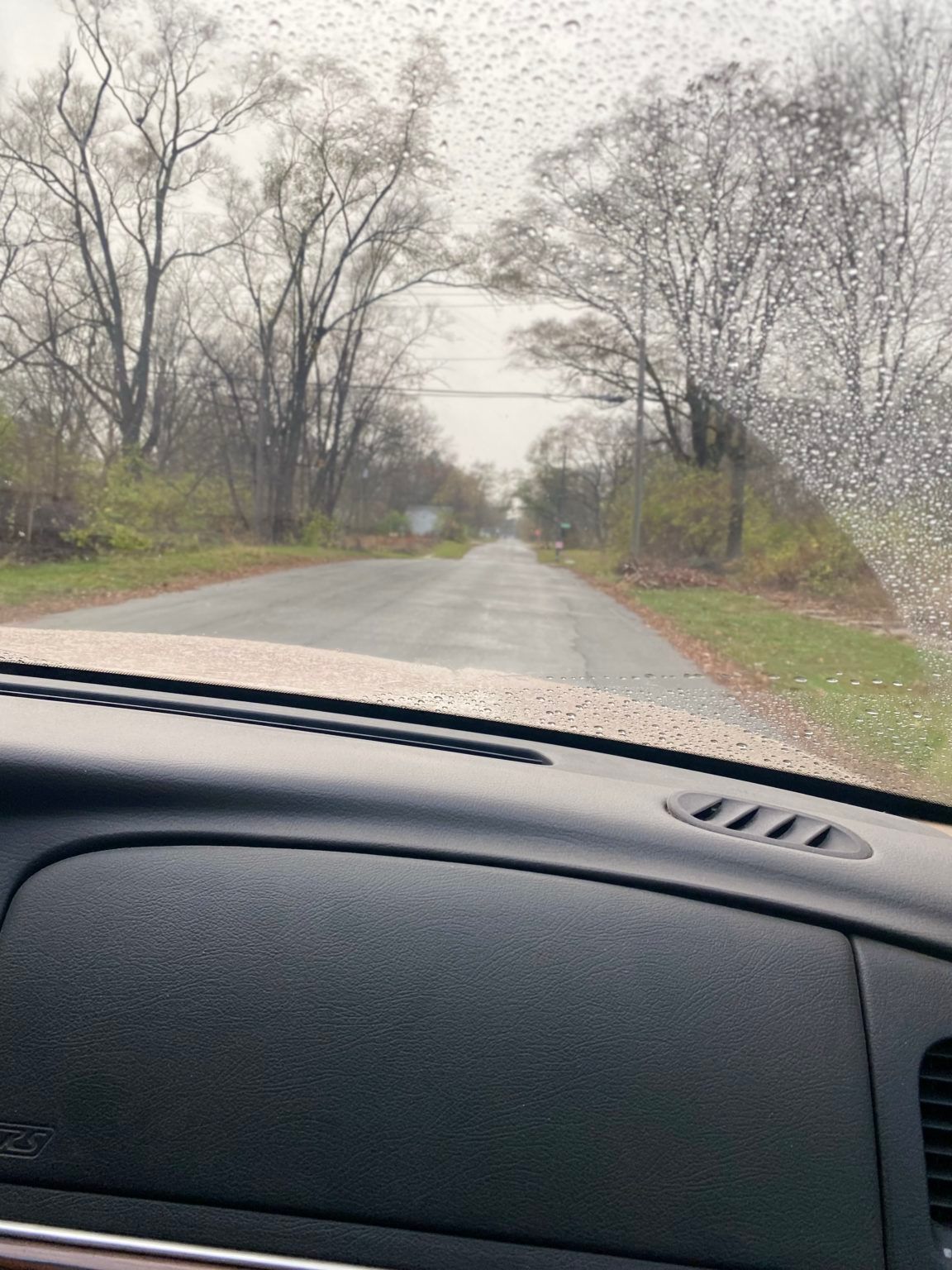Life As They Know It

On Saturday (November 13, 2022), I along with a friend were scouting areas in Metropolitain Detroit in search of the most devastating areas in the most need of assistance. We went into an area which is known for a lack of resources, such as physicians, quality markets, clothing stores within walking distance.
Brightmoor, is 3.9 miles nestled in the city of Detroit, Michigan, surrounded by affluent neighborhoods such as Rosedale Park. This community is listed by (Roadsnacks.net) as one of the worst (Ranked 7) areas in Detroit, Michigan. You can drive down the blighted streets with overgrown grass, weeds and trash with only four (4) homes which are in need of repairs. No streetlights which make these types of areas a playing field for crime. As I sat in the car, I wondered without judgement do the residents of this area want better? Can they do better? Or are they willing to break a generational pattern of accepting “Life as They Kow It.”
I’ve been told by others that “You are fighting a losing battle in this area,” and my reply to everyone who has stated those exact words to me “My parents use to tell us you know where you come from, but you don’t know where you will end up at.” In my honest and humble opinion there are far too many who see areas such as this as a loss cause, and many are willing to turn his/her back, and very few willing to lift those in these areas up.
This area is in need of viable businesses which will employ those within the community, medical professionals who are capable of talking to patients and not talk at patients, because talking at patients only leave that individual with a resentment, along with not coming back for follow up. Basically, these areas are in need of viable infrastructures and resources.
We know that health and disease are not separate, disconnected states but instead occur on a path that can move in two different directions, either toward health or toward disease. We also know that many factors, including one’s biological makeup; and poor sleep; as well as social aspects of life–the conditions in which people are born, grow, live, work, and age can and will lead to chronic diseases of more than one organ system.
Now, if we as a society approach these factors within underserved populations, through one on one or group education regarding chronic illness, we as a whole would be able to take control of chronic illness to the importance of self-care, lifestyle, and behavioral interventions which in turn would lead to the return of better health. With our partnership with The Office on Womens Health (OWH), the Charlie E & Minnie P Hendrix Foundation for Chronic Illness Awareness, is committed to serving the underserved population with understandable, relatable information and teachings.
